Find out the following
a.
b.
c.
d.
e.
f. Arrange the order of potential for points (A, B,C and D).
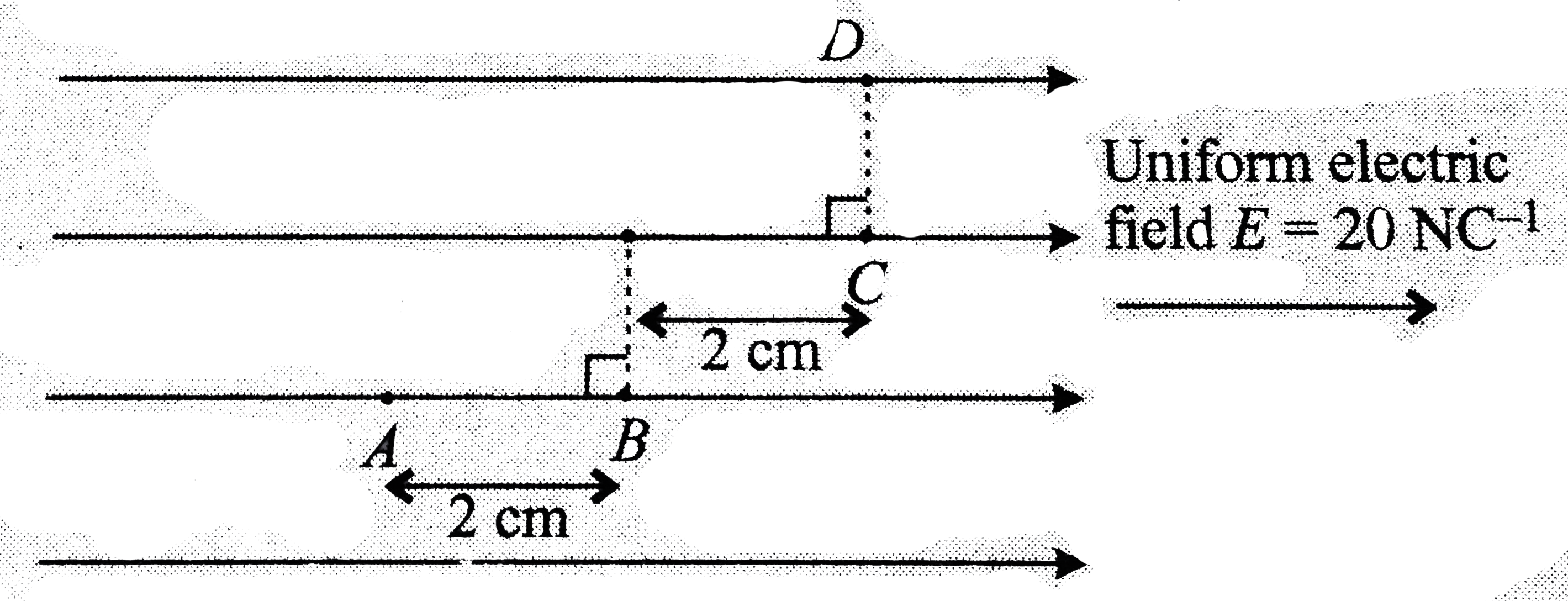 .
.
(i) The potential difference between two points in electric field is
=
So
Negative because in the direction of electric field, potential always decreases.
(ii)
d is the distance between the equipotential passing through
B and C, so
(iii)
So
Negative because in the direction of electric field, potential always decreases.
(iv)
So
Because the effective distance between D and C is zero. Also potential difference between C and D is zero as both the points lie on same equipotential.
(v)
Here d is the distance between equipotential pasing through A and D.
So
Because in the direction of electric field, potential always decreases.
(vi) The order of potential is
.
Topper's Solved these Questions
- BOOK - CENGAGE PHYSICSCHAPTER - ELECTRIC POTENTIALEXERCISE - Exercise 3.29videos
ELECTRIC POTENTIAL
- BOOK - CENGAGE PHYSICSCHAPTER - ELECTRIC POTENTIALEXERCISE - Exercise 3.39videos
ELECTRIC POTENTIAL
- BOOK - CENGAGE PHYSICSCHAPTER - ELECTRIC POTENTIALEXERCISE - Examples9videos
ELECTRIC POTENTIAL
- BOOK - CENGAGE PHYSICSCHAPTER - ELECTRIC FLUX AND GAUSS LAWEXERCISE - MCQ s38videos
ELECTRIC FLUX AND GAUSS LAW
- BOOK - CENGAGE PHYSICSCHAPTER - ELECTRICAL MEASURING INSTRUMENTSEXERCISE - M.C.Q2videos
ELECTRICAL MEASURING INSTRUMENTS
Similar Questions
Knowledge Check
- Question 1 - Select One
In uniform electric field E=10N/C, find
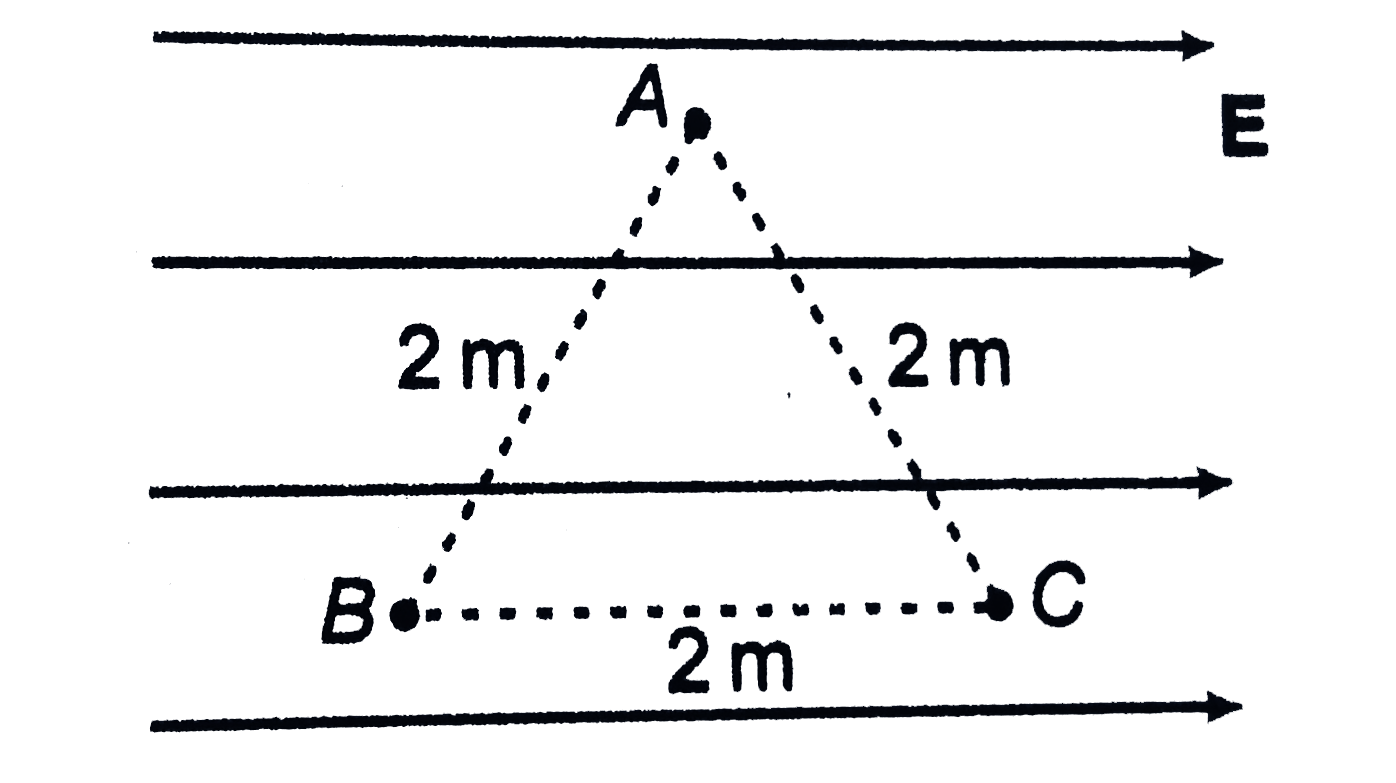
a. VA−VB , b. VB−VCA−10V and 20VB10V and −10VC30V and 20VD−10V and 40V - Question 2 - Select One
What should come next in the following latter series ?
A B C D E F Z Y X W A B C D E Z Y X W V A B C D Z Y X W VAUBACBDZ - Question 3 - Select One
There are four concentric spherical shells A, B, C and D of radii R, 2R, 3R and 4R respectively. Net charge on all the spherical shells are same and equal to Q. If VA,VB,VC)andVD represent electric potentials of A, B, C and D respectively, the magnitude of VD=V.
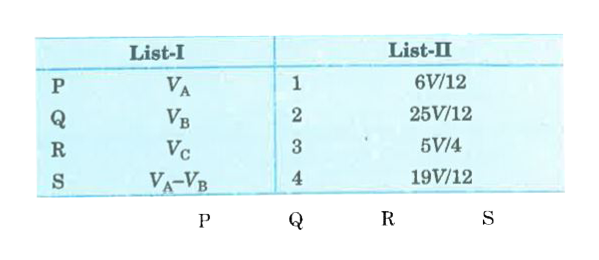 APQRS1324BPQRS1243CPQRS2431DPQRS4231
APQRS1324BPQRS1243CPQRS2431DPQRS4231
Reduction potentials of 4 metals A, B, C and D are −1.66V,+0.34V,+0.80Vand−0.76V. What is the order of their reducing power and reactivity ?
View SolutionThe p.d (VB−VC between two point from C to B
View SolutionA hollow conducting sphere is placed in an electric field produced by a point charge placed at P as shown in figure.
Let VA,VB,VC be the potentials at points A,BandC respectively. Then
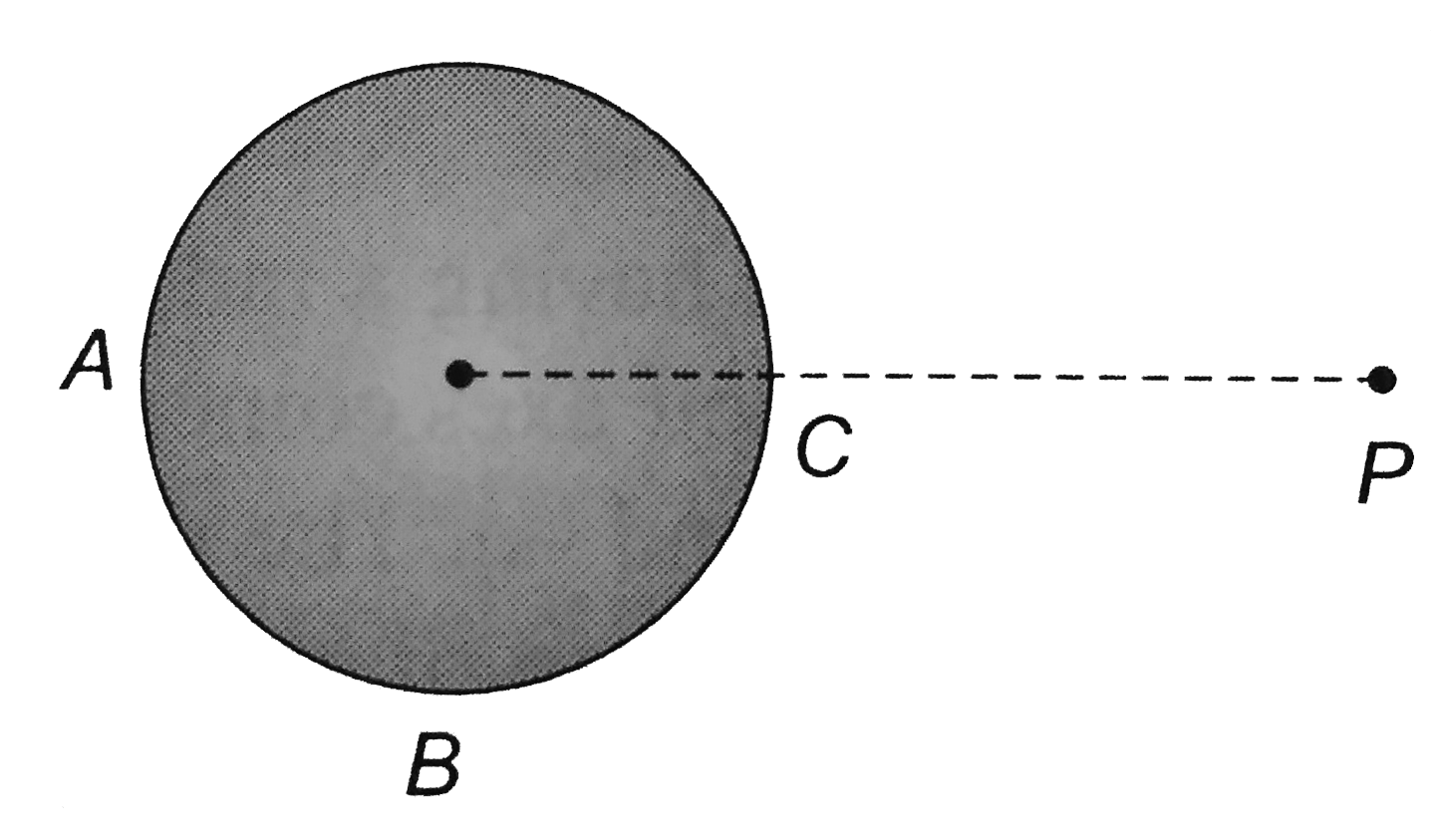 View Solution
View Solution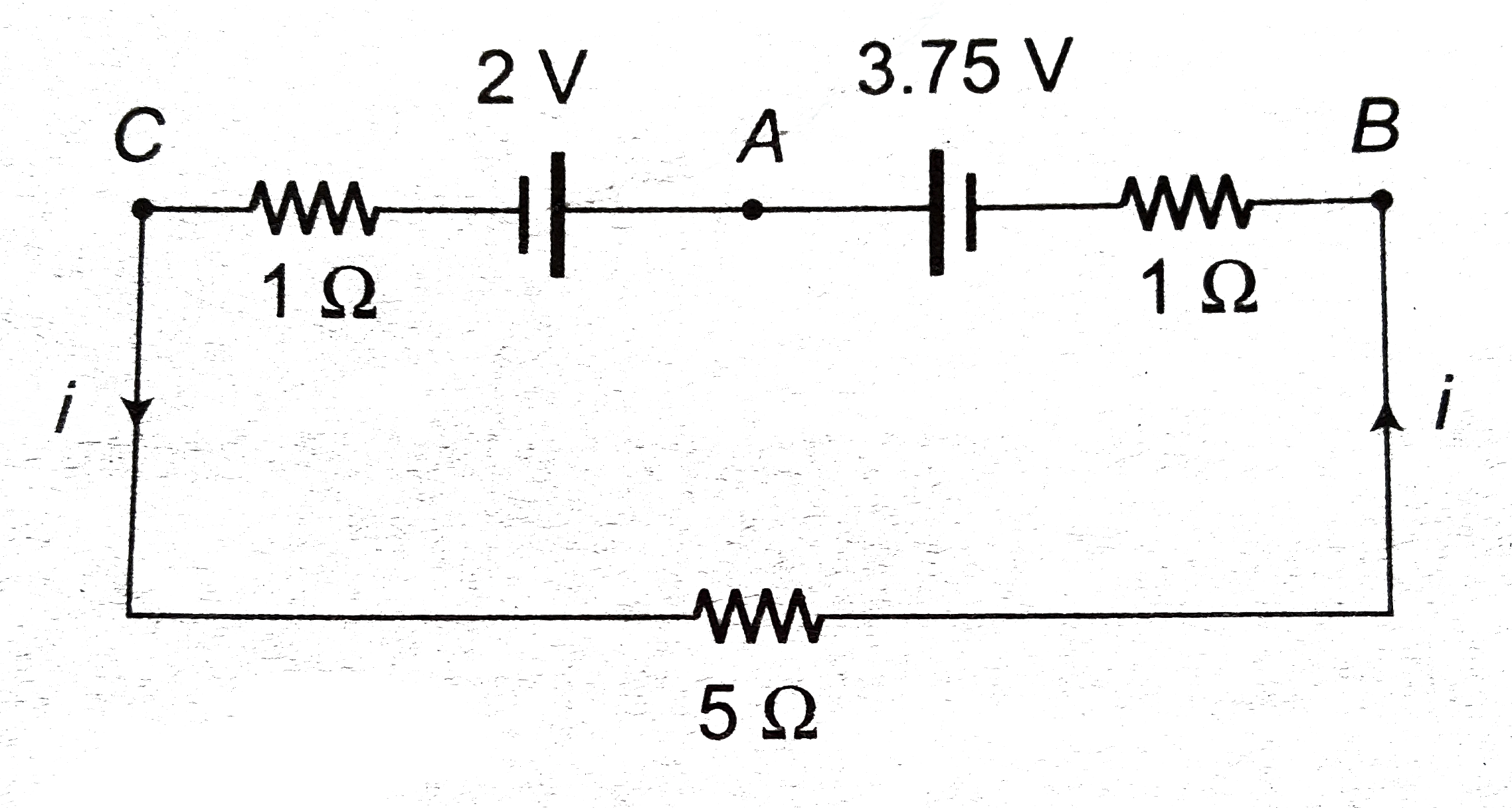
(i) i=0.25A
(ii) VA−VB=3.5V
(iii) VA−VC=2.25V
Equivalent resistance =7Ω.View SolutionFigure shows four points A, B, C and D in uniform electric field →E. The line AB and CD are perpendicular and BC and AD are parallel to the field lines. If VA,VB,VCandVD are electric potential at A, B,C,D choose the correct option.
 View Solution
View Solution



